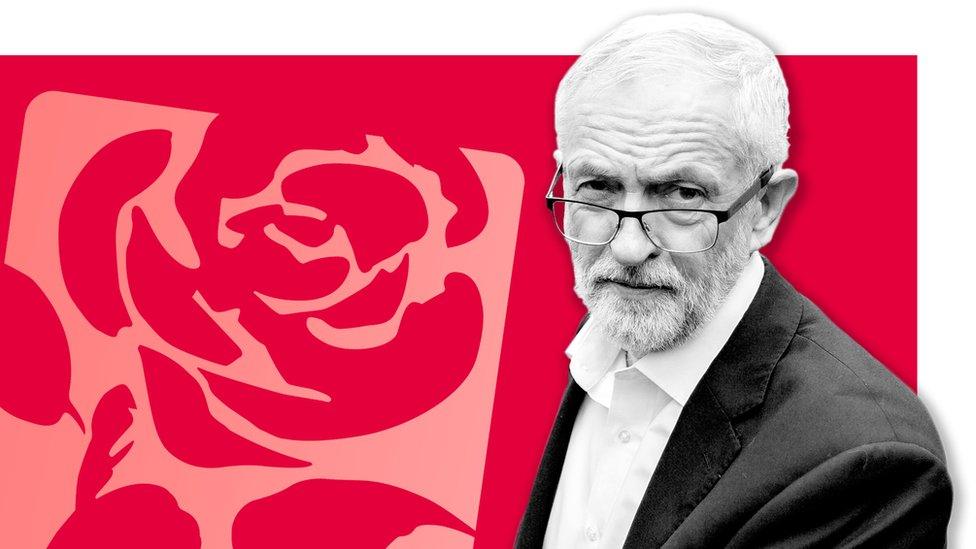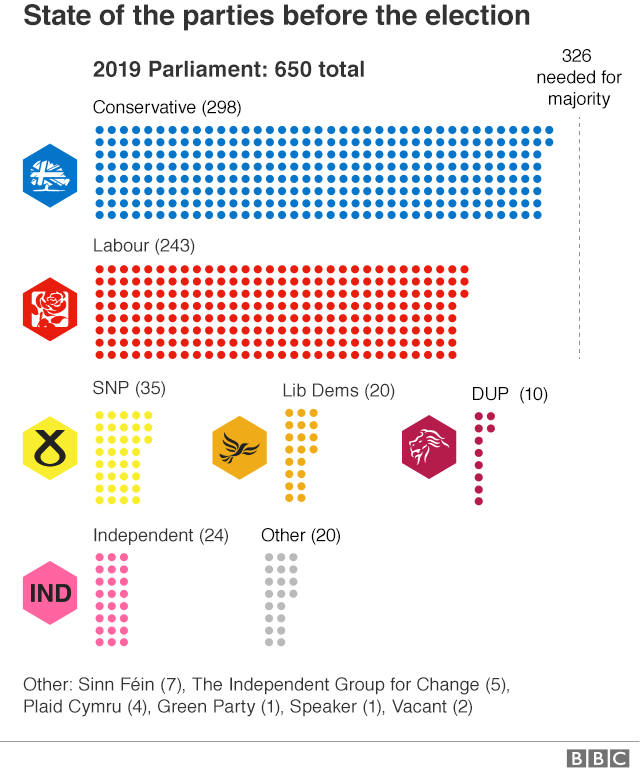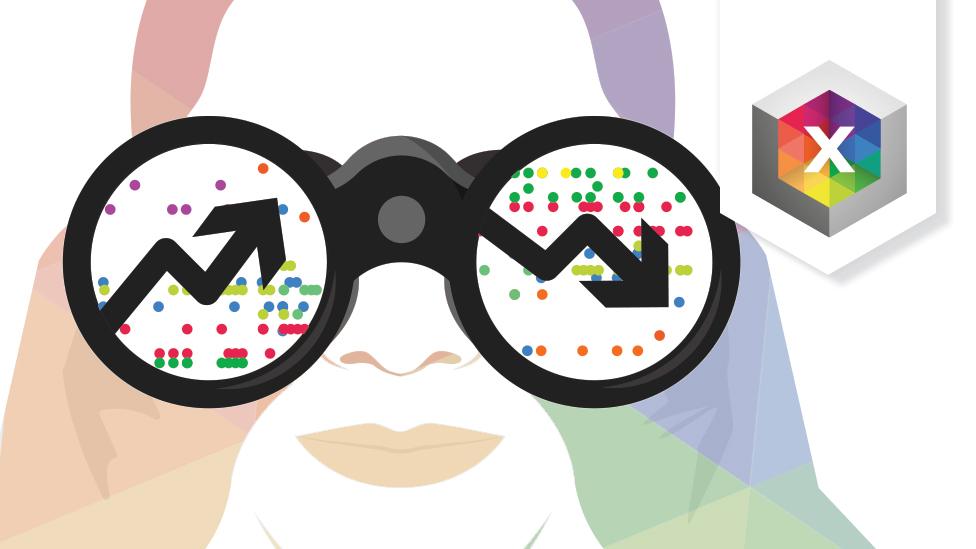General election 2019: A simple guide to the Labour Party
- Published

Labour was the second biggest party in the House of Commons, with 243 MPs out of 650 seats, when Parliament was dissolved on 6 November.
Who is the leader?
Jeremy Corbyn. He is a 70-year-old former union official, and has been an MP for just over 36 years. He became leader in 2015 in a surprise election win. He had never previously been a government minister or held high office in the Labour Party. He has a loyal fan base as an anti-war, and anti-spending cuts, campaigner.
What does it need to do to win the election?
Labour needs to win 83 more seats than it had when Parliament was dissolved to form a government on its own, without having to seek a coalition deal with other parties.
Five key election pledges
The Labour Party launched its 2019 election manifesto, with the slogan It's Time For Real Change, external, on 21 November. It sets out the polices the party aims to introduce should it win the election.
Here are five key policies that appear in it:
Increase the health budget by 4.3% a year
Nationalise key industries, including the so-called big six energy firms, National Grid, and Royal Mail
Introduce a £10-an-hour minimum wage for all workers
Freeze the state pension age at 66
Hold a second referendum on Brexit


Where does it stand on Brexit?
Labour wants to renegotiate Boris Johnson's Brexit deal and put it to another public vote. The referendum would be a choice between a "credible" Leave option versus Remain.
Under its Leave option, Labour says it will negotiate for the UK to remain in an EU customs union, and retain a "close" single market relationship.
This would allow the UK to continue trading with the EU without checks, but it would prevent it from striking its own trade deals with other countries.
It says it will achieve this within six months.
What else does it stand for?
Labour is a socialist party - that means it wants to tax the rich to pay for better public services, give workers more rights and take control of things like the railways, the Royal Mail, energy and water supply, so they are not run for private profit.
Labour's policies in a tweet
Allow X content?
This article contains content provided by X. We ask for your permission before anything is loaded, as they may be using cookies and other technologies. You may want to read X’s cookie policy, external and privacy policy, external before accepting. To view this content choose ‘accept and continue’.

How many members does it have?
According to the most recent figures,, external in July, Labour had 485,000 members.
What is the Labour Party's history?
Traditionally one of the UK's two main political parties, Labour was set up by trade unions nearly 120 years ago to give workers a voice in Parliament.
Since the end of World War Two, the UK has had a Labour prime minister for a total of 30 years, compared with 44 years for the Conservatives.
What about the other parties?
- Published6 December 2019

- Published11 December 2019

- Published6 November 2019
